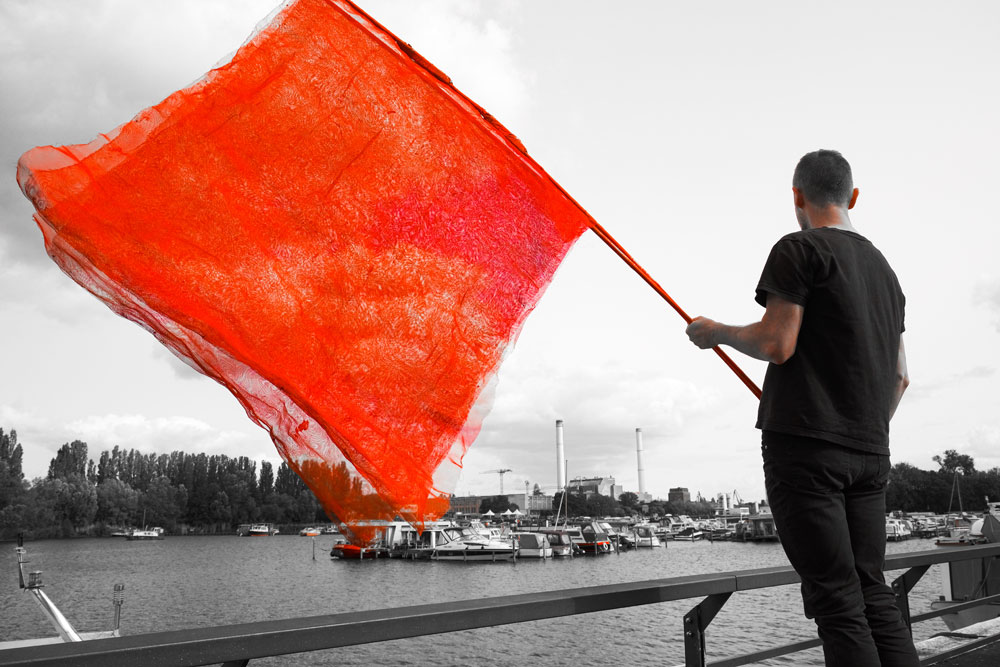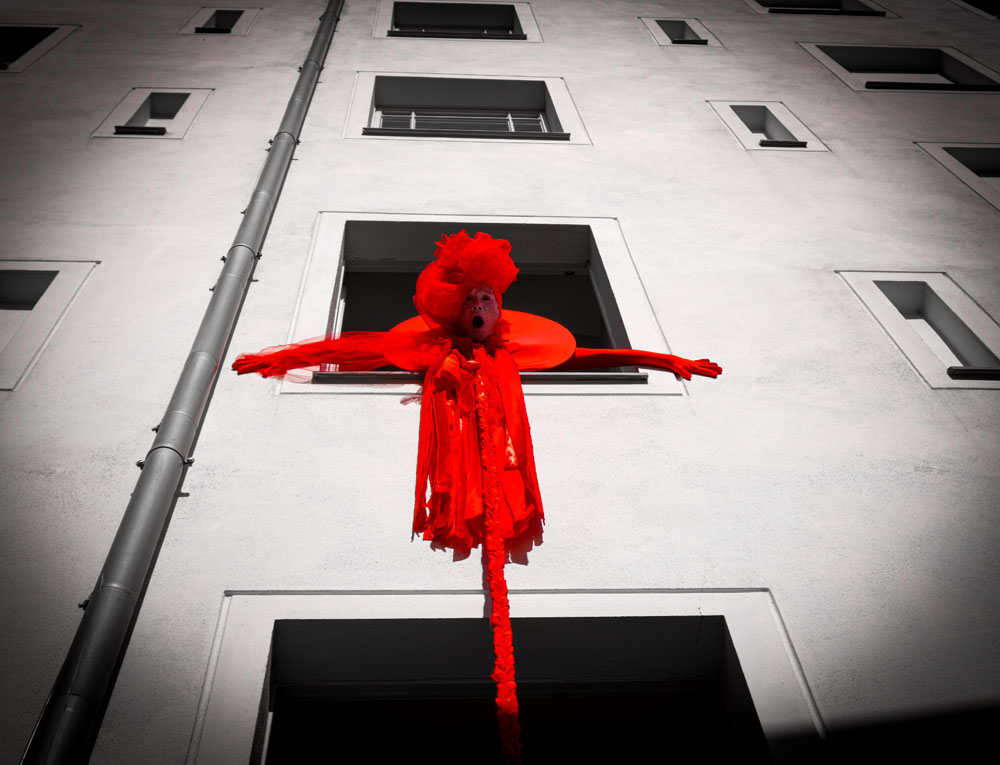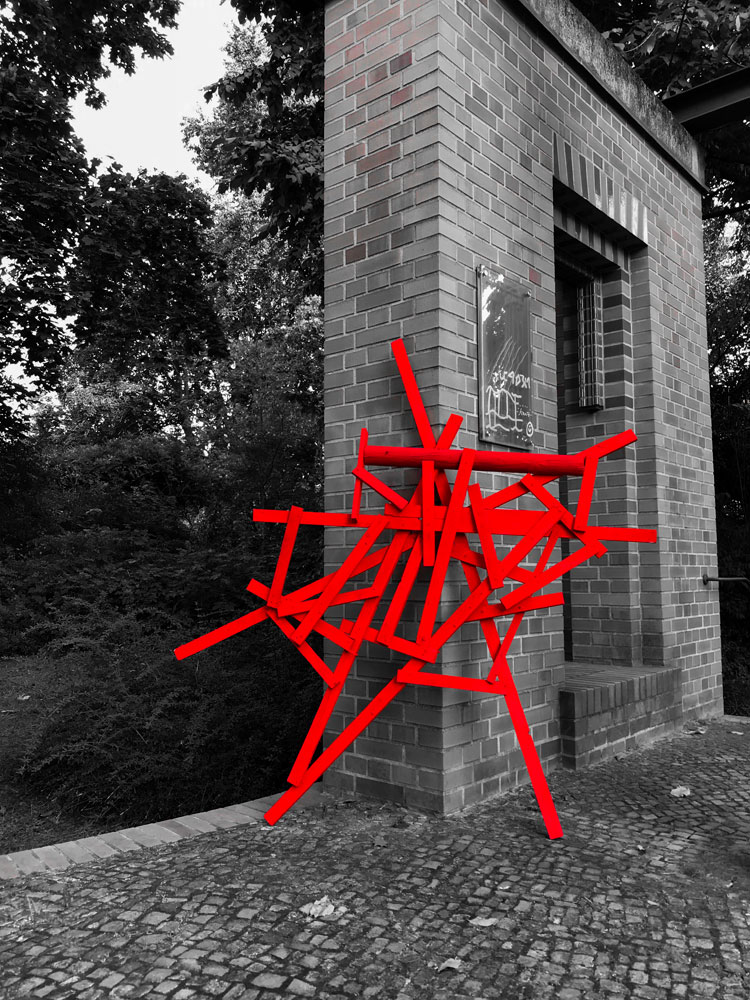LECTURE
on Thursday, March 14, 2024 at 7 pm a lecture with Aymeric Hainaux will take place in the Lichtenberg Studios.
Aymeric Hainaux is this year’s guest artist of the cooperation with DIEresidenz from France.
Beatboxer, comic author, visual artist and poet – Aymeric Hainaux is a “total artist”. Hainaux likes to go for walks a lot: He observes the earth and his natural surroundings in a poetic context. The independent artist celebrated his first artistic successes when he self-published works such as Melancholia and initiated an almost seven-year tour of hitchhiking performances on three continents. He is the founder of the group Cantenac Dagar and has been expressing himself through a very personal beatboxing practice for twenty years.
As a visual artist, Hainaux creates land art sculptures and installations as well as extremely precise abstract drawings.
Lecture
Chris Simpson
Due to start my residency in March 2020 just one week after the lockdown was introduced in UK, I was suddenly confined to my own studio for nearly a year creating sculptures in opposition of fear and danger. The theme of my residency was ‘Dirty Laundry’ – if you say someone airs their dirty laundry in public, you disapprove of their discussing or arguing about unpleasant or private things in front of other people.
Since lockdown was lifted this statement could not be truer. Ostrich mentality has set in and people are more reluctant to discuss uncomfortable truths. Especially in the UK.
In the years between then and my actual residency this year, I completed my Masters in Sculpture at The Royal College of art where the running theme was ‘The Urgency of the Arts’. This urgency seeped more into my work as I explored ways to circumventing, visually, a way to speak about the uncomfortable, in a series of paintings and sculptures that would look at both sides of the human psyche, not least my own.
“Red protects itself. No colour is as territorial. It stakes a claim, is on the alert against the spectrum”. – Derek Jarman.
I had been doing an ongoing series of red sculptural interventions in Italy and UK, with metal and fabric textiles and wanted to try it in Lichtenberg. Starting from the doors and windows of Lichtenberg studios, red metal, wood or fabric sculptures float their way around the area of Victoria Stadt and Rummelsburg intervening on infrastructure as though blown there by chance.
However, I wanted to add another element to my residency and bring along some artists I had previously collaborated with to make a film called ‘Red Alert’*. Inviting them to intervene on my interventions with a story loosely based on the Brothers Grimm fairy-tale of Rapunzel. Locked in a tower by a Sorceress only to be sent out into the wilderness after meeting a Prince, who loses his sight when meeting the sorceress and is left to walk blindly through the wilderness until the tears of his wife opens his eyes again. Dame Gothel is the protagonist in our version, Rapunzel and the Prince are still lost in the wilderness.
*The film will premiere at The Royal Academy in London alongside an exhibition at The Stash Galley in December 2023.
Film collaborators: Mai Nguyen Tri, Lito Apostolakou, EDRE, Xuan Sinden, Rebecca George and Rossano Snel.






